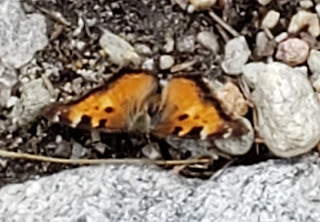Ask a Librarian: Answers You Won't Get From Google: Emojis and More

The volume of Ask a Librarian questions has fallen in the last couple of weeks, but that's OK - we have some good ones this week! From the blog, an unknown reader asked, "What part of the human face is your favorite?" It all depends on which face we're talking about. Consider the following famous faces: The "Mona Lisa," a painting by Leonardo da Vinci, has easily the most famous smile in art history: Granted, the smile involves pretty much the whole face. But I'm sticking with Mona as my favorite smile. We could certainly consider noses. For my favorite nose, I turn to Cyrano de Bergerac, the hero of a French play by the same name. Cyrano was a terrific guy: witty, generous, good with a sword and he spoke French fluently. The play about him even introduced the word "panache" into English, just to give us a word to describe extravagant confidence. But his confidence evaporated whenever he tried to talk to women, especially the beautiful Roxanne
